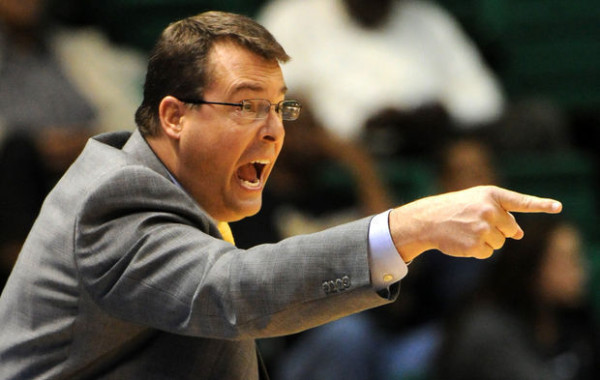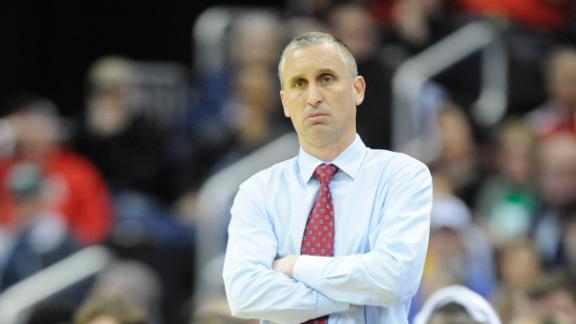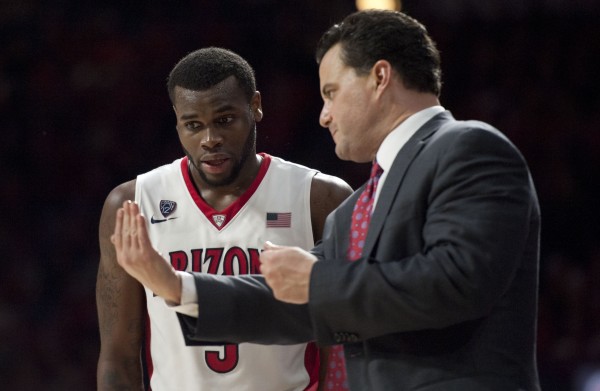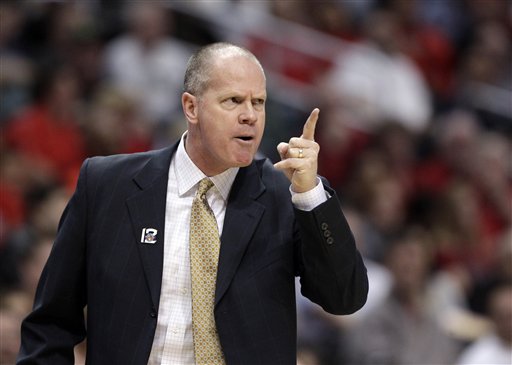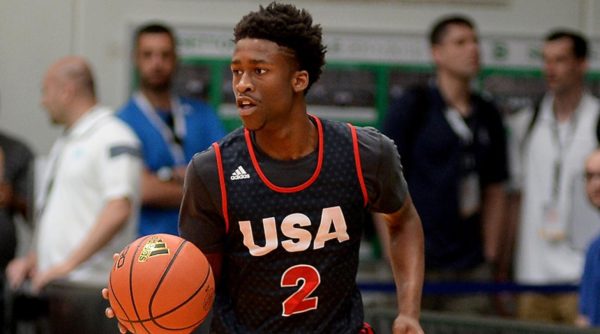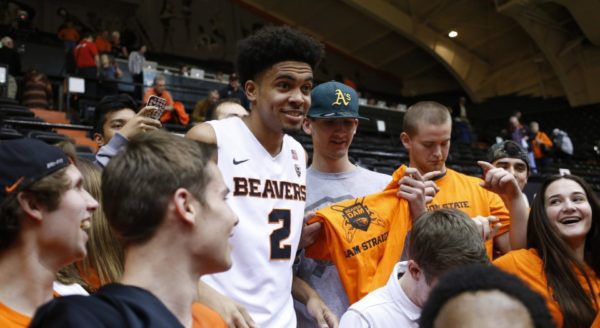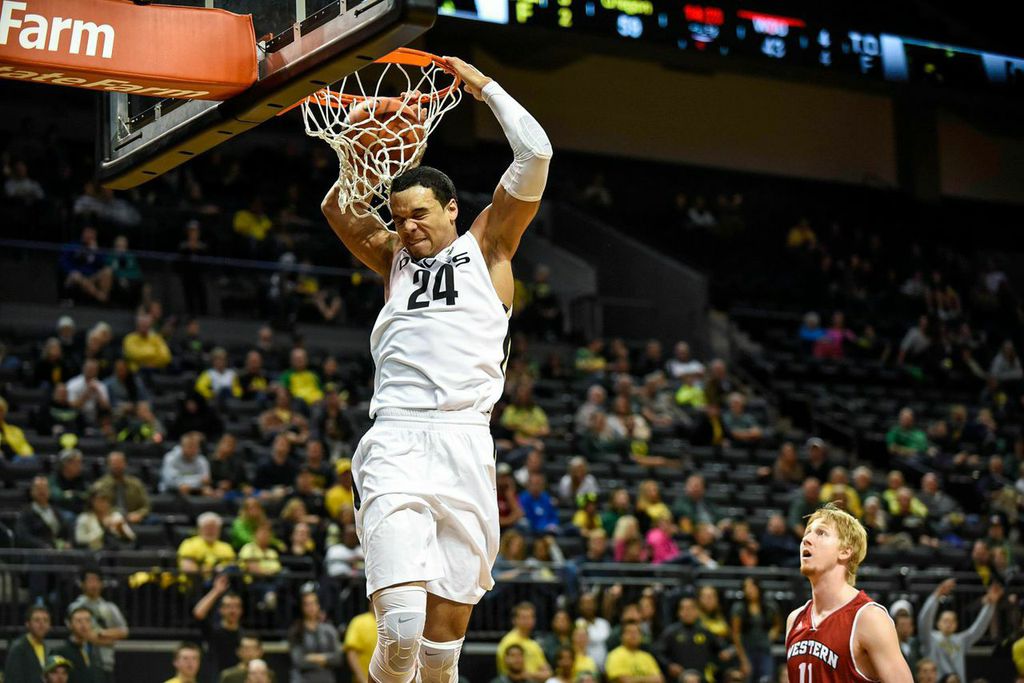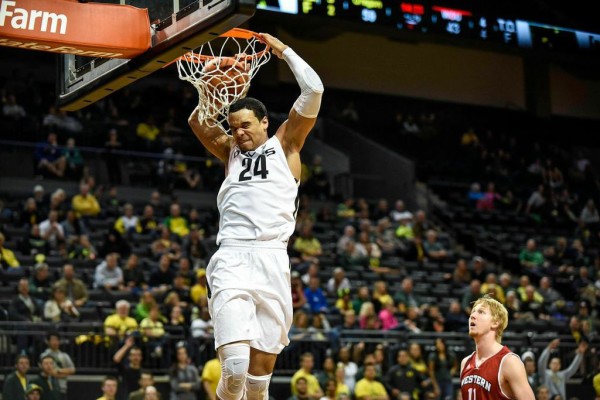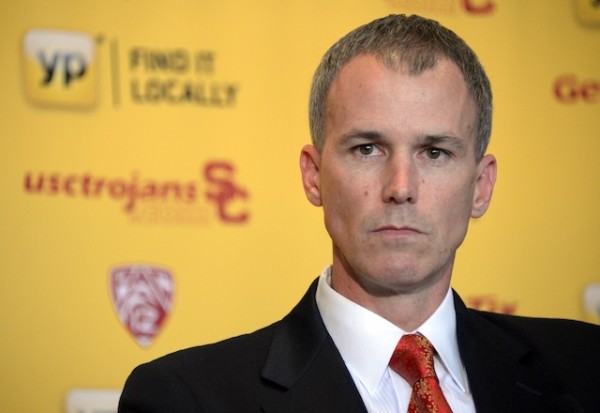Pac-12 Burning Questions: Can Stanford Return to Glory with Jerod Haase?
Posted by Mike Lemaire on November 11th, 2016
After eight seasons of slightly better than mediocre basketball, Stanford finally pulled the trigger after a 15-15 season and fired longtime coach Johnny Dawkins. Although the decision barely made a ripple on the national scene, there are many who believe that Stanford — thanks to its idyllic setting, academic reputation and commitment to athletics — is a sleeping giant in basketball and an attractive landing spot for a rising head coach. Enter Jerod Haase, a former player and coach under Roy Williams at Kansas and North Carolina and a native of Northern California. Haase’s local ties and a coaching resume that includes turning around a flagging UAB program made him a worthy candidate for the job, but that didn’t stop many Stanford fans from saying, “Who?” when he signed. Everyone agreed that it was time to move on from Dawkins, but dreams of luring Mark Few away from Gonzaga or Archie Miller away from Dayton did not come to fruition. Instead, Stanford got a coach who has just one NCAA Tournament win under his belt (although a #14 seed over a #3 seed is a very nice one).
This is the challenge that Haase welcomed when he took the job on The Farm. Stanford’s basketball program has enough tradition behind it that its fans have NCAA Tournament expectations and semi-legitimate Final Four hopes. They watched the school’s football program go from Pac-12 also-ran to perennial contender in just a few seasons, and considering that the basketball facilities are equally as appealing, it makes sense to think that Stanford basketball can undergo a similar renaissance. It will have to start with better recruiting. Part of the criticism with Dawkins was that, even though he made a Sweet Sixteen and his teams were usually competitive, he never truly made a name for himself on the recruiting trail like league colleagues Sean Miller, Steve Alford and Lorenzo Romar. He certainly deserves a lot of credit for developing players like Dwight Powell, Josh Huestis, Chasson Randle and several others. He also deserves credit for uncovering quality basketball players like Anthony Brown and Aaron Bright. But Powell and Huestis are Dawkins’ only pupils currently playing in the NBA and the current roster looks a lot like the previous versions — good enough to be competitive, but not good enough to get anyone very excited about their potential. Read the rest of this entry »





























